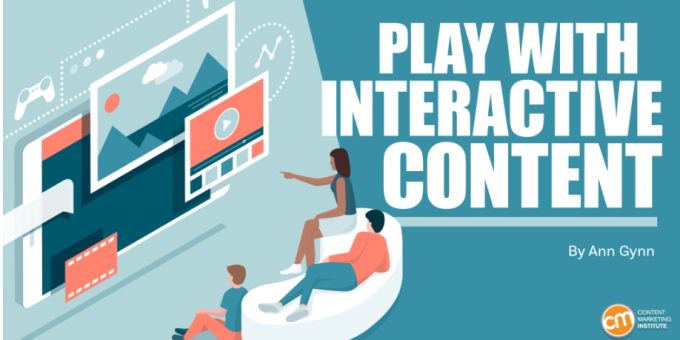
A perplexing irony exists in content marketing.
Though most content is static, interactive content usually delivers better results.
Interactive content saw 52.6% more engagement than static content, according to an analysis of content engagement data by Mediafly. It also found that buyers, on average, spent 53% more time on interactive content (13 minutes) than static content (8.5 minutes).
And still, only 14% of marketers surveyed by HubSpot said they want to try interactive polls and games in 2024.
Maybe they (and you?) just need a little push — some inspiration to deliver those quizzes, polls, games, and more.
Creative agencies delivering interactive content for their clients offer examples, tools, and suggestions on how to do it well.
Give your audience a calculator or a game
Banish Media designed an interactive mortgage calculator that lets potential homebuyers estimate their monthly payments based on different scenarios. Quiz takers provided their email addresses to receive personalized reports and generate leads for real estate firms.
The agency’s Banish Angural says they used Outgrow to build the calculator for a real estate client.
Here’s an example of how it worked. (Client confidentiality prevents Banish Media from sharing the actual calculator.) Users answer several questions, including gross monthly income, amount paid in taxes, and cost of medical and insurance payments every month, and the dot moves to the appropriate place in the dollar range. In the column on the right, users can see the money available for total monthly income, expenses, and money available for savings.
Users can also submit their information if they want someone from the real estate company to contact them. Plus, they can share the results with someone else by email.

For a client in the wellness industry, Banish Media used Typeform to create a quiz. Visitors provided their preferences, health goals, and contact information in exchange for personalized recommendations.
Games also work well when they align with clients’ retail marketing strategies. Banish recently used Gamify to create a mix-and-match game where players could earn product discounts. Brands benefit from increased user engagement, time on site, lead generation, and sales.
“Incorporating these tools into a content strategy involves deeply understanding audience’s preferences and behaviors,” Banish says.
Just ask The New York Times, which bought Wordle, and LinkedIn’s recent foray into the power of games to attract and retain users on its site.
Read More at Content Marketing Institute








